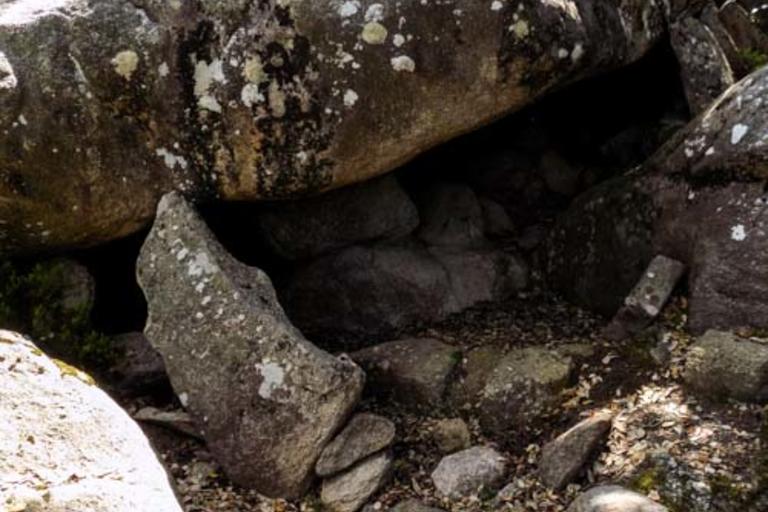
Introduction
Known from a long time ago by the people of the area, it was not scientifically confirmed until 1992 by Josep Tarrús and Júlia Chinchilla, once affected by several clandestine excavations that affected its entrance and part of the chamber. In 2002 it was academically excavated with positive results.
It is a paradolmen of natural cavity of small dimensions and irregular terrain, formed by large blocks, originating a sheltered space. The chamber, about 11 m2, is covered with a large covering slab measuring about 6 m in length and 5.5 in width, with a soft slope, and it’s closed by several vertical slabs and a dry stone wall, indicating its use as a burial chamber.
The excavation confirmed two phases of adaptation and use, between Neolithic and Chalcolithic (3000 - 2700-2000 BC), and another of uncertain chronology but related to the work of forest occupation in recent times, how the dry stone wall of the east would be.